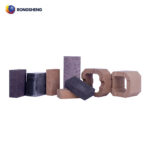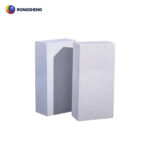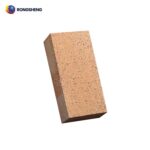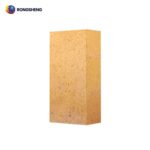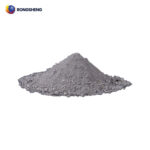Requirements of Clay Refractory Bricks Used in the Refractory Lining of Kilns
Clay refractory bricks are commonly used refractory bricks in industrial kilns. The refractory degree of this brick is between 1580~1770℃. There are mainly ordinary clay bricks, multi-clinker clay bricks, low creep clay bricks, low porosity clay bricks, and large clay bricks for glass kilns. In the refractory lining of the kiln, clay bricks need to meet certain requirements.
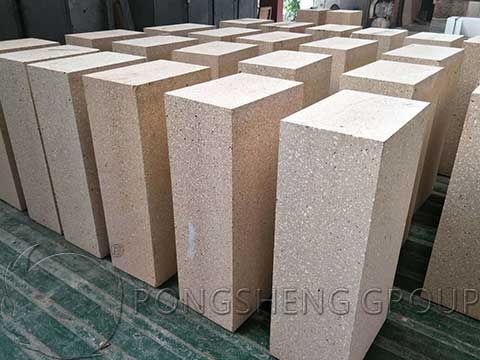
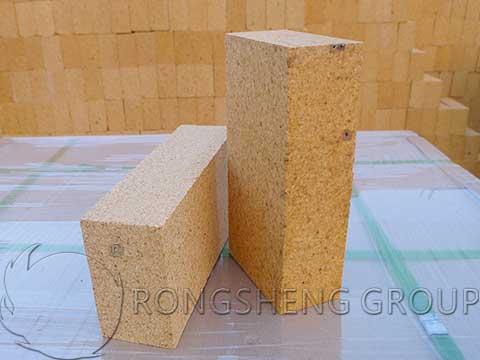
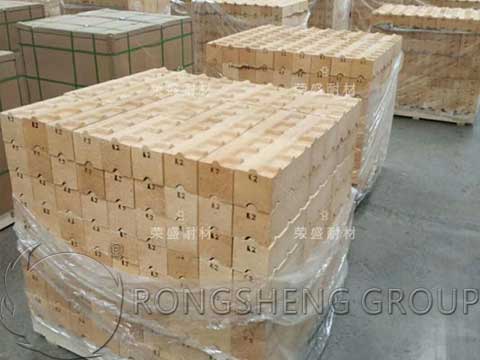
The Use Requirements that Clay Refractory Bricks Should Meet
- 1. The content of Al2O3 should be high. In order to ensure high enough refractoriness, the bricks can work well at high temperatures.
- 2. Fe2O3 requirements are low. It is mainly to limit the deposition of carbon black and prevent it from reacting with SiO2 to generate low melting point substances and reduce the refractoriness.
- 3. The starting temperature of load softening should be high. Because blast furnace masonry works under high temperatures and high-pressure conditions.
- 4. The shrinkage should be small after reheating. Reduce the possibility of cracks in the masonry at high temperatures, and prevent slag, iron, and other deposits from penetrating into the brick joints to corrode the refractory masonry.
The Difference between Clay Refractory Brick and High Alumina Brick
1. Color Appearance
The color of high-alumina bricks is beige and white, and the surface of high-quality high-alumina bricks is smooth, with a cyan luster. The color of clay bricks is yellow or dark yellow.
2. Weight
The weight of high alumina brick is above 3.7KG, and the weight of high-quality high alumina brick can reach about 5KG. The weight of clay bricks is below 3.65KG.
3. Classification
High alumina bricks are divided into 4 categories according to the content of AL2O3: super high alumina bricks with AL2O3 content greater than 80%, first grade high alumina bricks with 75%-80% AL2O3 content, second grade high alumina bricks with AL2O3 content of 60%-75%, third grade high The content of AL2O3 in aluminum brick is 48%-60%. Clay bricks are divided into national standard clay bricks, low creep clay bricks, and low porosity clay bricks according to the content of AL2O3.
4. Features
- (1) Refractory temperature. The refractoriness of high alumina bricks is generally 70-00℃, which is attributed to high-grade refractory materials. The refractory temperature of clay bricks is 80-50°C.
- (2) Load softening temperature. The load softening temperature of high alumina brick is 00-50℃. The softening temperature of clay bricks under load is about 50-50℃.
- (3) Anti-slag performance. Both high alumina bricks and clay bricks are weakly acid resistant bricks, and their ability to resist acid slag is stronger than that of alkaline slag. With the addition of SiO2 content, the acid resistance slag function is enhanced.
- (4) Thermal shock resistance. The number of times of water cooling for clay bricks at 850°C is second, and the number of times of water cooling for high alumina bricks at 10°C is 3-5 times. Adding ZrO2 can perform its thermal shock resistance, such as anti-falling high alumina bricks.
Use of Clay Refractory Bricks
Clay bricks are aluminum silicate refractory products with 30-40% alumina content. Its mineral composition is mullite (3Al2O3·2SiO2) 20%-50%, glass phase 25%-60% and cristobalite and quartz, the highest Up to 30%. Ordinary clay bricks can be divided into first-class (more than 40%), second-class (more than 35%), and third-class (more than 30%) according to the content of Al2O3. The corresponding refractoriness is not lower than 1700℃, 1670℃ and 1610℃. The softening temperature under load is 1250~1450℃, with good thermal stability. Generally used in the drying zone, pre-heating zone, decomposition zone and cooler of rotary kiln. In recent years, many countries have developed special clay bricks to increase their refractory temperature while maintaining resistance to alkali corrosion. In addition, clay bricks are also used in lower temperature parts such as blast furnaces, hot blast furnaces, iron furnaces, open furnaces, electric furnaces and glass furnaces. Ladles, bricks for pouring systems, heating furnaces, heat treatment furnaces, combustion chambers, flues, chimneys, etc. can also use clay bricks.
Rongsheng Refractory Bricks Manufacturer
As an experienced refractory bricks manufacturer, Rongsheng provides high-quality refractory lining products for metallurgy, nonferrous metals, building materials, electric power, petrochemical and other industries. Our customers have spread to more than 60 countries all over the world. Rongsheng recently shipped a batch of high-quality, low-creep and low-porosity clay bricks to our customers, and received good comments from customers. For more product information and prices of Rongsheng refractory manufacturer, please contact us. We will provide you with services according to your specific needs.

